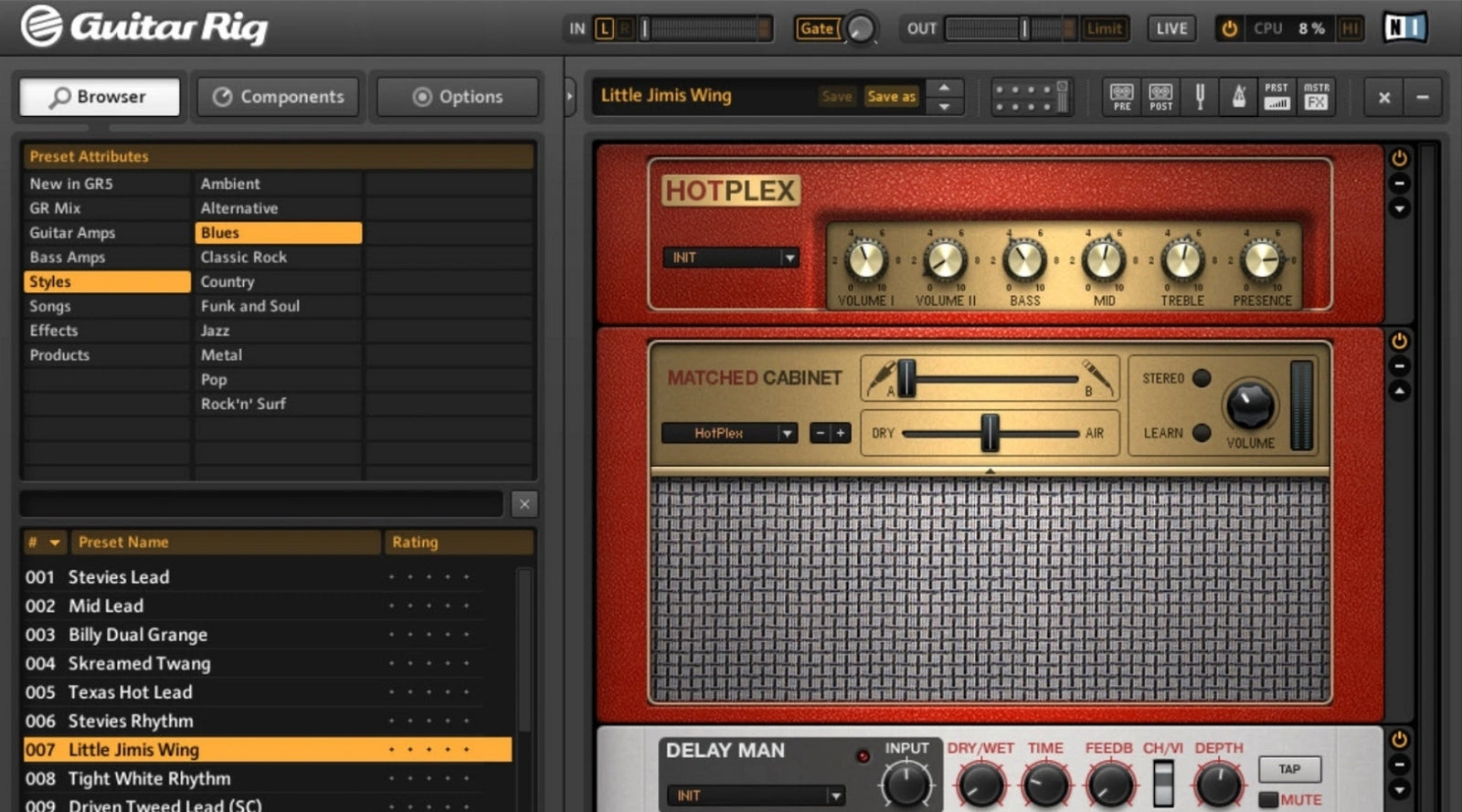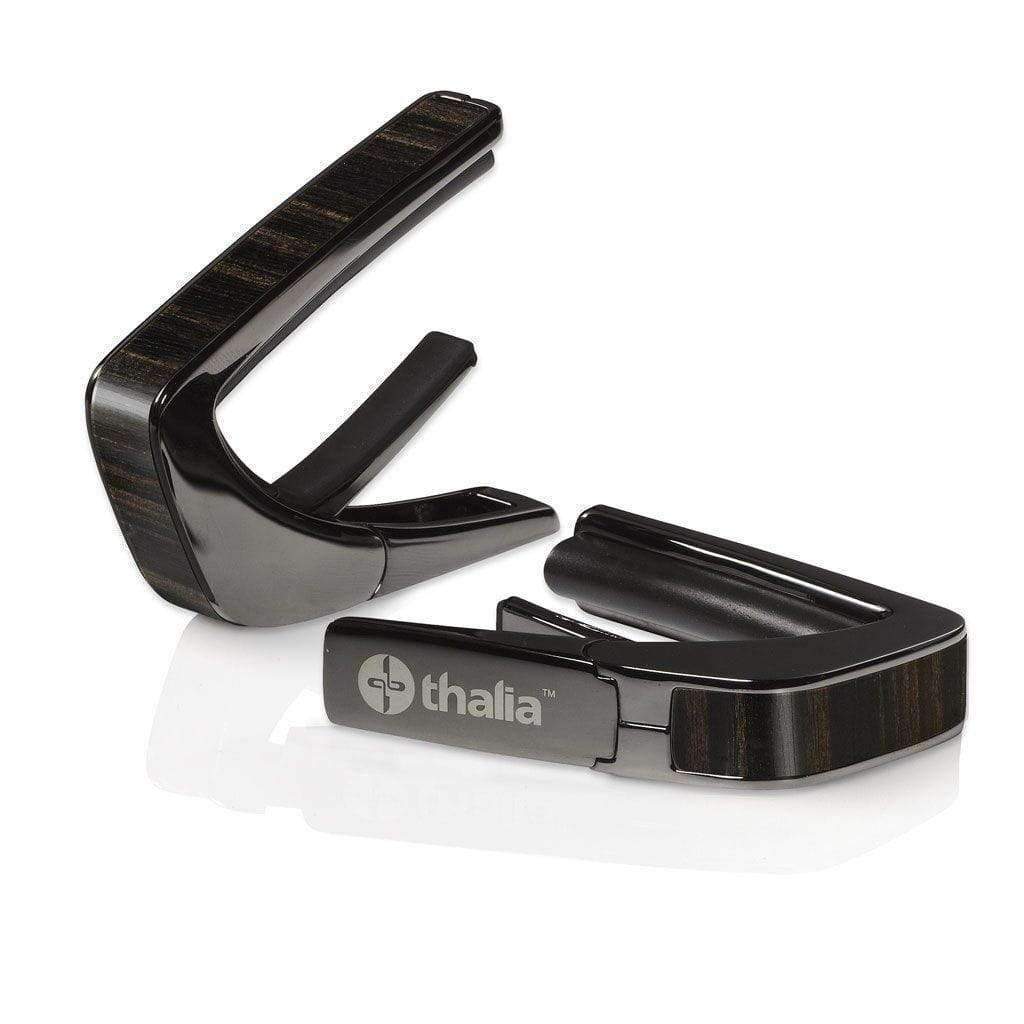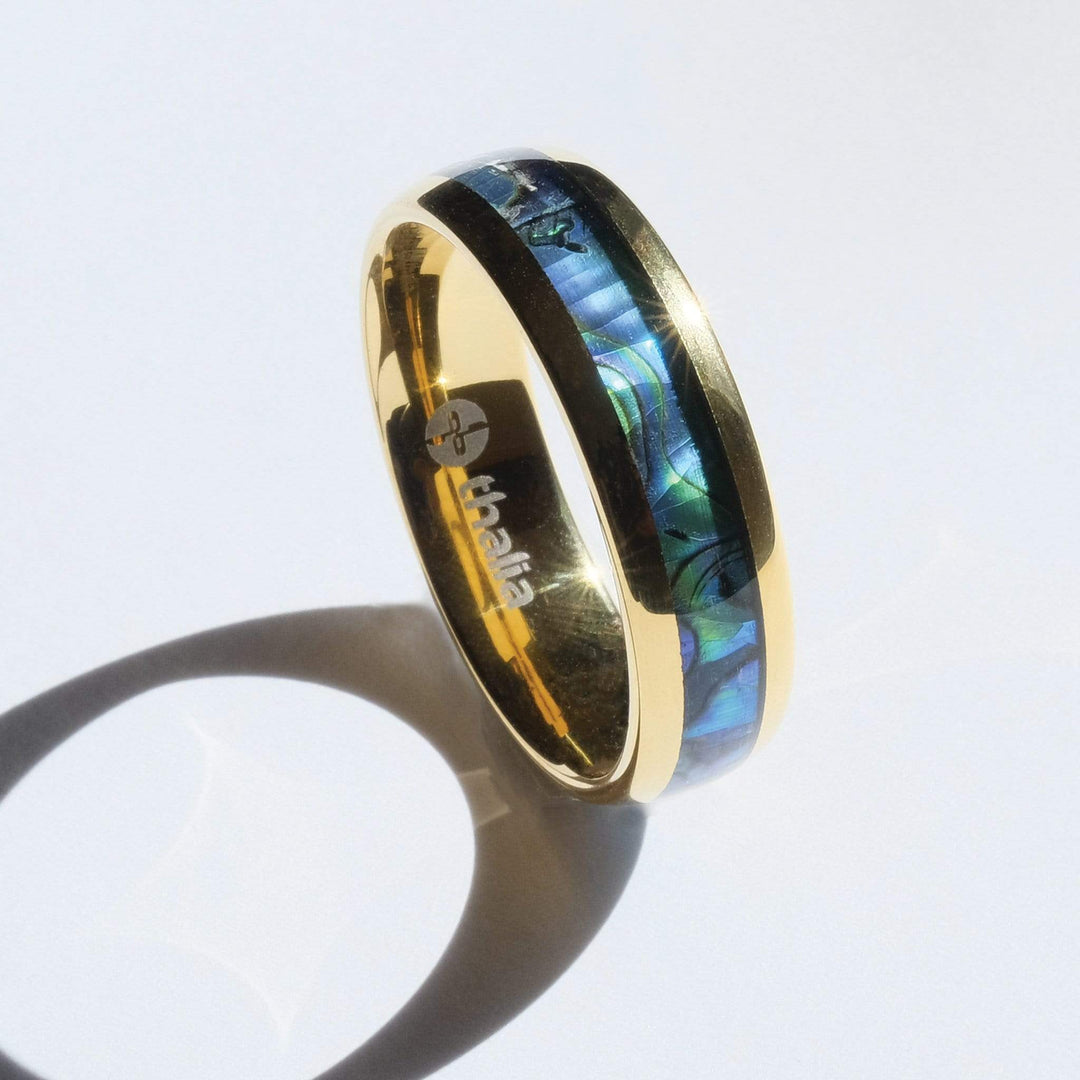Where Do You Stand on Modeling Amps?

Part of the appeal of Guns N’ Roses is that they keep things old school. It’s been their MO pretty much since day one.
When “Appetite for Destruction” came out in 1987, Guns looked more like they’d stepped out of the mid-1970s than the late ‘80s rock scene; like they’d be more comfortable rubbing elbows with Keef and Mick than the lads from Poison or Cinderella.
They sounded that way too, thanks - in part - to a timeless combination of Gibson PAFs and Marshall tube amps.

Which is why I wasn’t surprised to read that, unlike many of their peers who have gone down the virtual amp route, Guns N’ Roses’ live sound is still driven by valves in 2021. Speaking with Rob’s School of Music recently, current GNR rhythm man Richard Fortus revealed that he and Slash once tried - before quickly discarding – a Kemper setup:
"Slash and I both tried Kempers out in rehearsal once, and it doesn't work for us. For what I do with GNR, it doesn't work because we rely so much on our volume knobs on our guitars.
"So, in other words, I use a single-channel amp with Guns, and it's all about the volume knob. So if I want a clean sound, I just roll my volume down. With a tube amp, it gets clean and sparkly. And Slash does the same thing."
“There's always so many tones just within your volume control, you know? And if you watch live videos both of us are constantly on our volume knobs. We’re always just subtly adjusting things to get the exact sound that we want.
"Now, if I was in Muse or Metallica, and I was just playing open, and I was either getting a really clean sound or a really dirty sound, a Kemper would work, an Axe-Fx would work. But all subtleties and nuances are lost with that stuff.”

Modelling certainly has its advantages, something that Fortus himself notes in the interview. He says that he needed a modelling amp while playing with Rihanna to replicate the sheer range of sonic territories of the original studio recordings. And, the pros of having multiple amps in a box are obvious for bedroom players and jobbing live musicians alike.
Fortus isn’t wrong about the challenges of achieving certain tonal subtleties when using modelling amps and plugins. But, the truth is, the technology is getting better. I’ve been playing around with a couple of tube amp imitating plugins recently that get surprisingly close to capturing the nuances Fortus is talking about – at least to my luddite ears. And, I don’t doubt that differences between modelling amps and the real thing will be practically imperceptible in the not too distant future.
Perhaps the big question isn’t whether modelling amps can supplant tube amps; it’s what the implications are when you have every head, cab and combo you can imagine at your fingertips. It’s a kid in a candy store prospect, sure, but there are potential negatives that come with the positives. With limitation comes innovation, after all. My fear is, that with a smorgasbord of legendary tones at their fingertips, the next generation of guitarists end up sounding more like everyone else than anyone else.
But what do you guys think? Are you a modelling amp enthusiast? Do you use amp sim plugins at home? And how do you find they compare to the real thing? As always, share your stories in the comments section, and let us know where you stand on modelling amps.





















